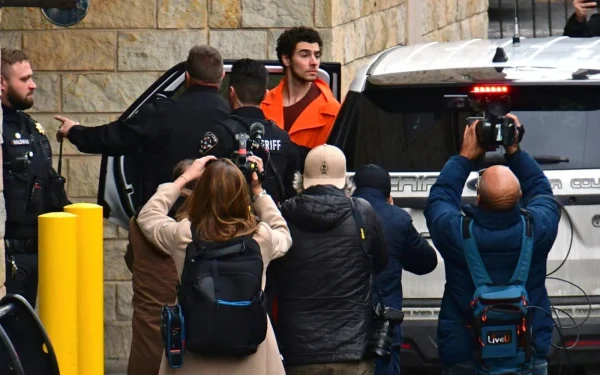Teens In the Workplace
I was hired at Starbucks in June. It was my first job outside of babysitting, so I didn’t know what to expect. However, I certainly wasn’t prepared for the amount of rude customers, running out of ingredients constantly, and being understaffed nearly every single day. Teen workers have never been looked on kindly. Growing up, I heard hundreds of passive aggressive or just plain rude comments toward teen servers at restaurants. However, the pandemic and social media have further revealed these problems, but at the same time proved the importance of having young people in the workforce.
A high turnover rate is one of the largest consequences of the pandemic. Even though I only started five months ago, I quickly moved from being one of the newest employees to being more experienced than over half the staff. Only around a quarter of my co-workers that I met when I started still work at my location.
According to the U.S. Bureau of Labor Statistics, over 5% of workers in leisure and hospitality jobs have quit each month this year since April. This means that I’m expected to train new employees that work with me, with only having a few months more experience myself. This lack of experience has caused a lot of backups in the cafe. Additionally, businesses are having to hire nearly everyone who applies in order to fill their staff. It’s nice that everyone has an opportunity now, but that means some employees are a lot less reliable. There have been at least two people that have worked for a few days, and then just stopped showing up. The rest of that week, every single shift they were supposed to be on was understaffed, and several people were called in on their days off.
Also, having a smaller staff means there are fewer people who can cover shifts when employees call in sick. There are often shifts where we were missing two or three people, which resulted in long wait times, even for rush at Starbucks.
Worldwide shortages have resulted in our location being out of several items every day. Production shut down in many places due to lack of workers in the early days of the pandemic, and the economy is still recovering. Starbucks locations worldwide have been out of many of our syrups since the summer, and I’d never seen Very Berry Hibiscus on the shelf until last week. I’ve even worked shifts without certain sized cups or lids. However, despite the long periods of time that some items have been out of stock, many are still listed on the menu, so customers assume we must have it.
New technology has caused distortions in customer perception of food service. Starbucks offers online orders through the mobile app and UberEats, and especially during mornings, there can be over a 20 minute wait on online orders. There is no way for customers to know what time their order will be ready, and even if their order only takes two minutes to make, that doesn’t take into account the dozens of stickers in front of theirs. This lack of communication causes a vast disconnect between customers and wait time estimations, because they don’t see the conditions in the cafe. As a result, a large majority of online customers arrive minutes after their order was placed. This is especially inconvenient in the drive through, and it often takes longer to pull out all the stickers in the mobile queue to find the customer’s order than it does to make a drink ordered at the box.
Although everything appears to be running smoothly from an outside perspective, the service industry is still recovering from the pandemic. However, this isn’t always evident to those who don’t work in food service, and the lack of light shed on these problems has resulted in especially rude customers. It can be frustrating to have to wait a long time for your drink, or to find that your favorite pastry is out of stock, but it can really hurt to be yelled at for something that you can’t help. Everyone deserves respect, even the teenage worker making your drink.

Eve is a senior, and this is her fourth year on staff and second as editor-in-chief. Her favorite topics to write on are social issues, legislation, and...




